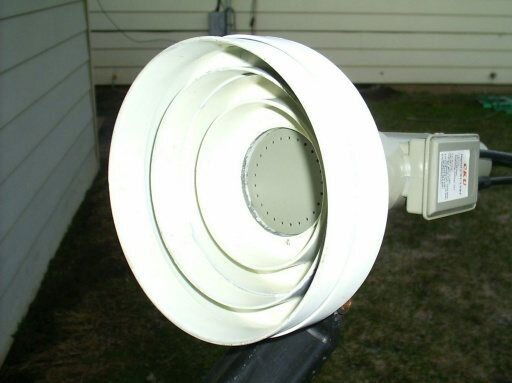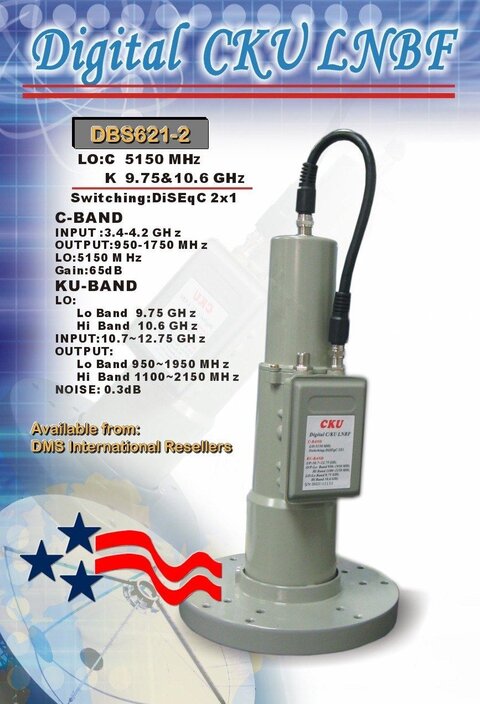Scott Greczkowski said:Is that the holder that comes with the Dish? If not where would I find one of these? Sorry for a lot of questions but I know that if I want to know there are many more SatelliteGuys members who also want to know.
Thanks!
I got mine separately. Sadoun sells them.
http://www.sadoun.com/Sat/Order/LNBFS/LNBF-HOLDERS.htm It's #3 in the list.



 :
: